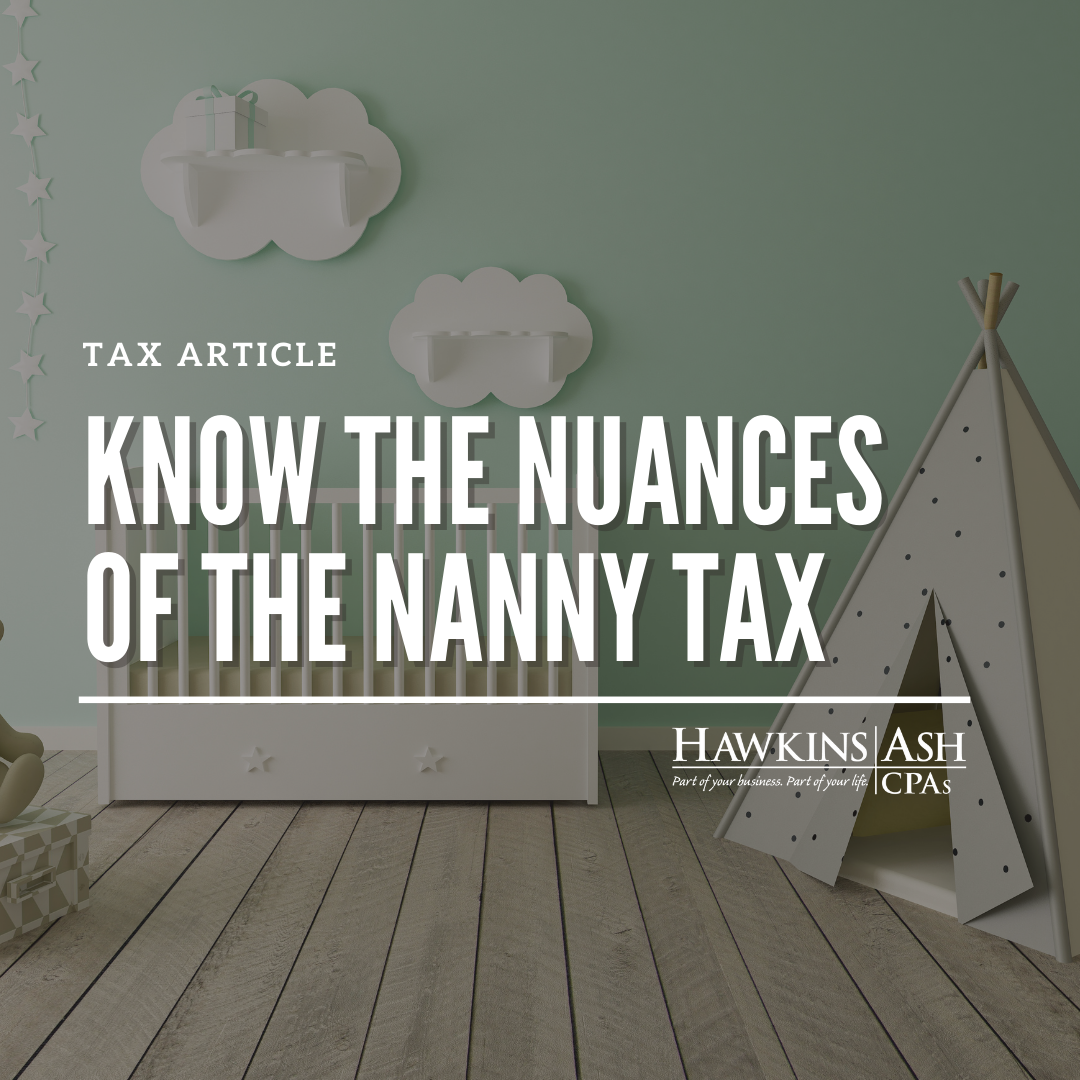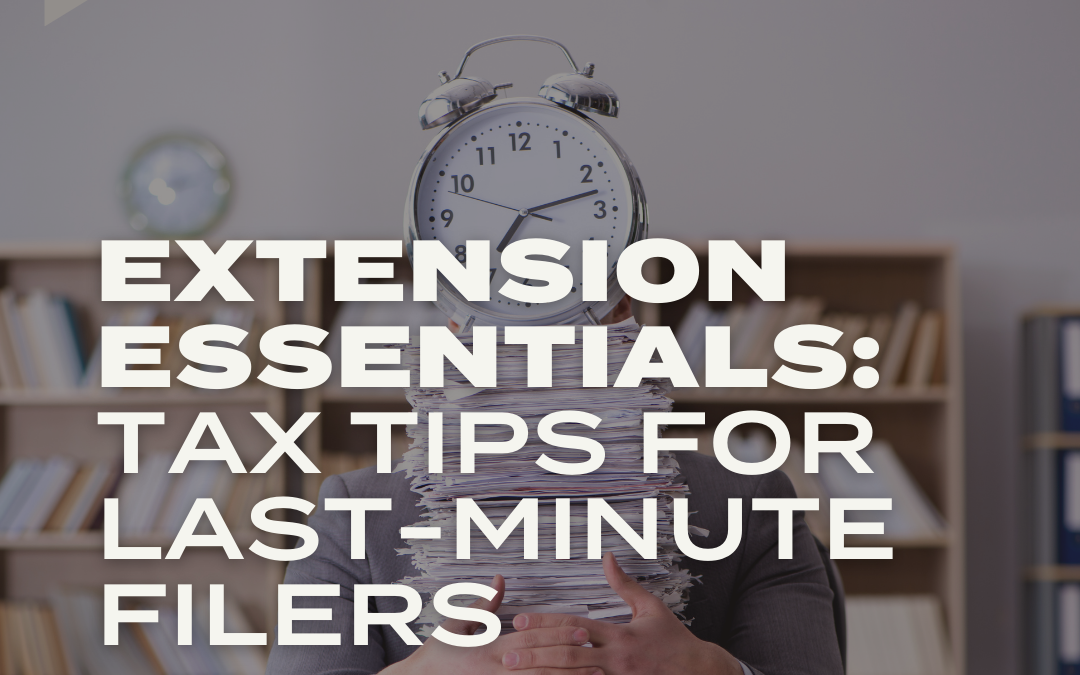During the pandemic, more than a few families have hired household workers while schools in many areas have gone virtual and some daycare centers have had limited availability. If you’ve done so, be sure you know the nuances of the “nanny tax.”
Withholding Taxes
For federal tax purposes, a household worker is anyone who does household work for you and isn’t an independent contractor. Common examples include housekeepers, child care providers and gardeners.
If you employ such a person, you aren’t required to withhold federal income taxes from the individual’s pay unless the worker asks you to and you agree. In that case, he or she would need to complete a Form W-4. However, you may have other withholding and payment obligations.
You must withhold and pay Social Security and Medicare taxes (FICA) if your worker earns cash wages of $2,300 or more (excluding food and lodging) during 2021. If you reach the threshold, all wages (not just the excess) are subject to FICA.
However, if your worker is under 18 and child care isn’t his or her principal occupation, you don’t have to withhold FICA taxes. Therefore, if your worker is really a student/part-time babysitter, there’s no FICA tax liability.
Both employers and household workers need to pay FICA. Employers are responsible for withholding the worker’s share and must pay a matching employer amount. FICA tax is divided between Social Security and Medicare. Social Security tax is 6.2% for both the employer and the worker (12.4% total). Medicare tax is 1.45% each for both the employer and the worker (2.9% total). If you prefer, you can pay your worker’s share of Social Security and Medicare taxes, instead of withholding it from pay.
Reporting and Paying
You pay nanny tax by increasing your quarterly estimated tax payments or increasing withholding from your wages rather than making an annual lump-sum payment. You don’t have to file any employment tax returns — even if you’re required to withhold or pay tax — unless you own a business. Instead, your tax professional will report employment taxes on Schedule H of your individual Form 1040 tax return.
On your return, your employer identification number (EIN) will be included when reporting employment taxes. The EIN isn’t the same as your Social Security number. If you need an EIN, you must file Form SS-4.
However, if you own a business as a sole proprietor, you must include the taxes for your worker on the FICA and federal unemployment tax forms (940 and 941) that you file for your business. You use the EIN from your sole proprietorship to report the taxes. You also must provide your worker with a Form W-2.
A Keen Awareness
Retaining a household worker calls for careful recordkeeping and a keen awareness of the applicable rules. Contact us for assistance complying with your nanny tax obligations.





